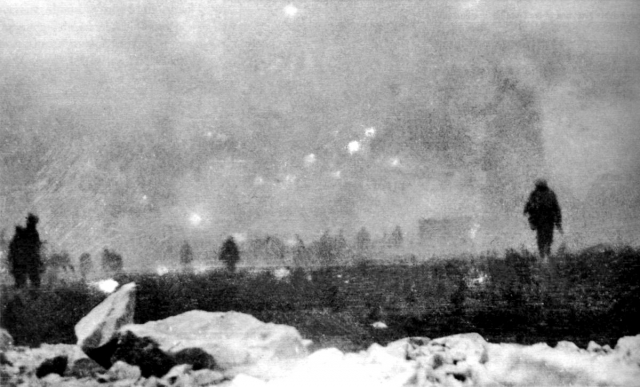Before the Somme came Loos

The Battle of the Somme in 1916, with the highest number of casualties ever experienced by the British army in one day, meant that it became on the of the most famous events of the First World War. Over the last 100 years that notoriety has meant that while its devastating statistics have not been forgotten, many of the battles that proceeded it have.
1915 was not a good year for the British, there was a shell crisis, Gallipoli, the Second Battle of Ypres - gas and Loos. That list is of course not definitive, but it is just some of what was going on, events which have fallen under that Somme shadow.
The Battle of Loos when it occurred was bloody, brutal and heart breaking. It was Britain's largest battle so far in the war. It was the first time that the new volunteers were deployed and there were high casualties.
Immediately after the war the name Loos would lead to the same eye brow raise and knowing nods as other key place names from France and Belgium, such as Ypres and Mons. Now most visitors to the Western Front drive past the Loos battlefields, heading instead to the Somme valley.
For organisations such as the Commonwealth War Graves Commission the Battle of Loos has held its importance, the cemeteries in that area are evidence of right to be remembered. That is why the CWGC have created a Remembrance Trail for the area.
"The CWGC Loos Remembrance Trail takes the visitor on a journey of discovery across the battlefields of Loos, visiting some of the Commonwealth War Graves Commission (CWGC) cemeteries where many of those killed in the battle lie buried and discovering more about the battle and the experiences of those who fought it."
The Battle of Loos changed the lives of thousands of men and their families, not least the writer Rudyard Kipling, let all their sacrifices be remembered on an historical trail.
A pdf of the remembrance trail leaflet can be downloaded, here: Loos Remembrance Trail Leaflet.

